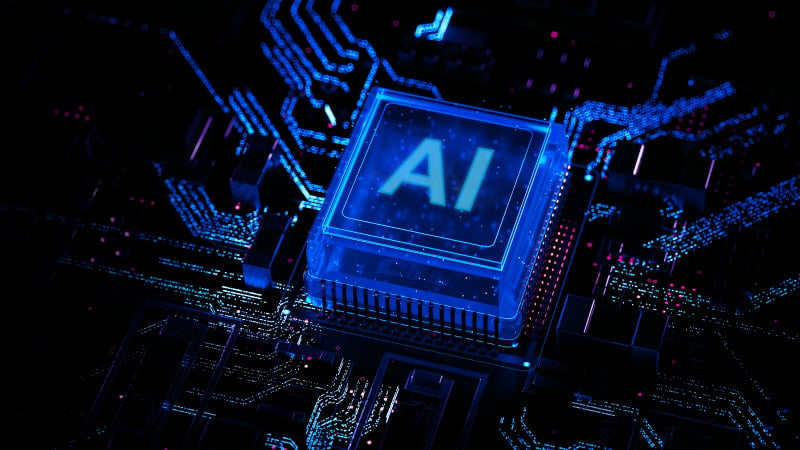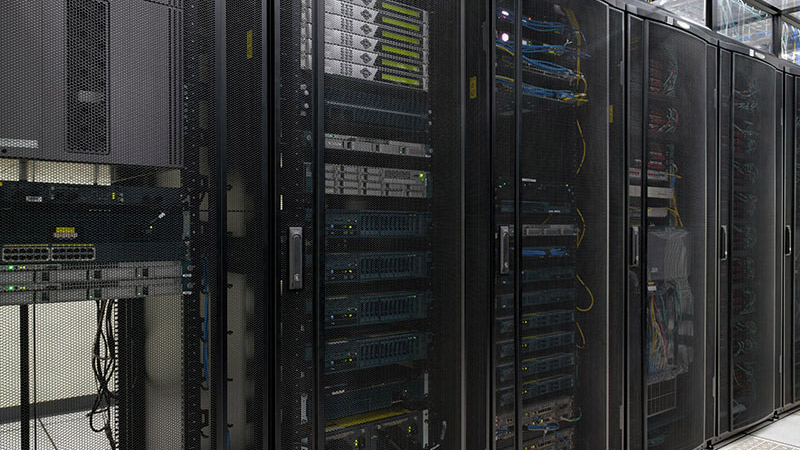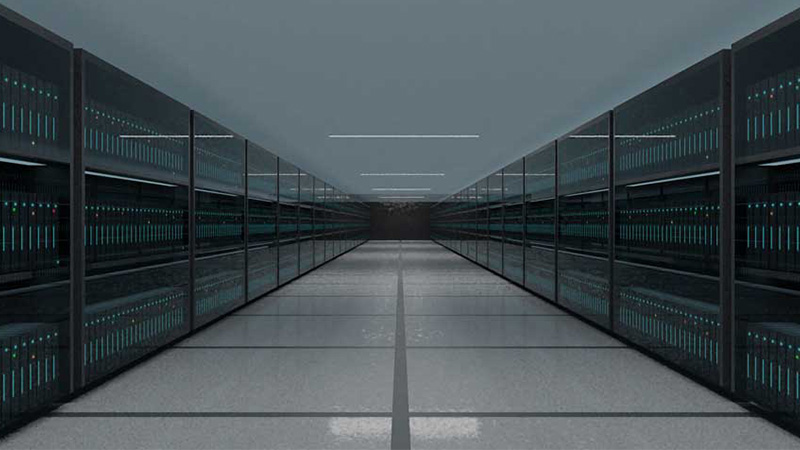High-Performance-Computing (HPC) Workloads befinden sich im Aufwärtstrend und zeigen keine Anzeichen für eine baldige Verlangsamung. Wie Bloomberg berichtet, wird die generative KI bis 2032 ein Geschäft mit 1,3 Billionen US-Dollar Umsatz sein. Dagegen hat sich die IT-Performance von GPUs in nur 10 Jahren vertausendfacht. Dabei überholt die Entwicklung frühere Versionen immer schneller.
Während Workloads größer werden, stehen die Betreiber von Rechenzentren außerdem vor Problemen aufgrund zunehmender Schwankungen im Stromnetz aufgrund von Spannungsspitzen. Dies treibt sie zu Innovationen bei der Stromversorgung für ihre Rechenzentren an, damit ihre HPC-Workloads effizient unterstützt werden können.
Eine zuverlässige Stromversorgung beginnt mit einer zuverlässigen Energiekette und einem kontinuierlichen Betrieb. Unter den Elementen in der Stromversorgung sind unterbrechungsfreie Stromversorgungen (USV) unerlässlich für die Zuverlässigkeit, den Schutz vor Unterbrechungen der Stromversorgung, die nahtlose Stromversorgung der IT-Geräte sowie für einen stets effizienten Betrieb.
Zum Verständnis der Stromversorgung von Rechenzentren für KI-Anwendungen
Der Stromversorgung (siehe Abbildung 1) ist eine Stromverteilungsstruktur vom Stromnetz bis zu den IT-Geräten. Dazu gehören Schaltanlagen, USV, Stromverteilungseinheiten (PDUs) und weitere wichtige Komponenten. Zusammen stellen diese Technologien Strom für Rechenzentren bereit.
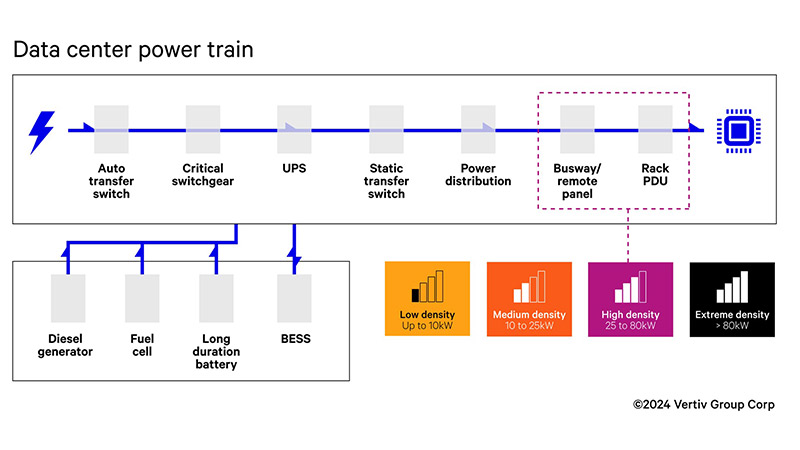
Abbildung 1. Schematische Darstellung einer Stromversorgung
Ein integriertes System sorgt für maximale Betriebszeit und bietet zuverlässige Lösungen für Stromversorgung und Backup. So bietet es Schutz vor Stromausfällen und gewährleistet einen kontinuierlichen Betrieb. Um die Effizienz dieses Setups zu verstehen, wollen wir einmal betrachten, wie der Strom fließt und untersuchen, welchen Beitrag jede der Technologien insgesamt zur Funktion leistet:
- Versorgungsnetz oder erneuerbare Energiequelle: Hier kommt der Strom für die Rechenzentrumsinfrastruktur her.
- Automatischer Transferschalter: Schaltet bei einem Ausfall der Primärstromversorgung nahtlos auf Backup-Stromquellen um und gewährleistet so einen kontinuierlichen Betrieb. Neben der USV gehören zu diesen Backup-Stromquellen:
- Brennstoffzellen: Diese werden mit Wasserstoff betrieben und können als primäre oder redundante Stromquellen dienen.
- Batterien mit langer Lebensdauer: Bieten eine höhere Leistungskapazität und Widerstandsfähigkeit als herkömmliche USV-Batterien.
- Kritische Schaltanlagen: Die erste Verteidigungslinie gegen Störungen von außen, wie z. B. Schwankungen der Versorgungsspannung oder Kurzschlüsse. Sie versorgen das Netz des Rechenzentrums mit Strom. Sie dienen außerdem als wichtige Sicherung zur Isolierung der Geräte während der Wartung oder Reparatur.
- USV: Sorgt bei Stromausfällen für die kritische Backup-Stromversorgung. Sie dient auch als Puffer und filtert alle Spannungsschwankungen oder -spitzen heraus, die aus dem Netz kommen. Wenn der Netzstrom ausfällt, schaltet sie auf das Batteriestromspeichersystem (BESS) um.
- BESS: Dient als Puffer für die Stromversorgung und gleicht kurzfristige Schwankungen aus. Wie die USV kann auch das BESS Strom als Energiereserve für einen lokalisierten Bereich speichern.
- Statische Transferschalter: Sie sorgen für ein sofortiges Umschalten der Stromverbraucher zwischen den Stromquellen und sorgen so für eine kontinuierliche und zuverlässige Stromversorgung.
- Stromverteilungseinheiten (PDU) und Remote-Panel: Verteilen den Strom effizient auf verschiedene Datenverarbeitungsknoten und Speichersysteme.
- Stromschienen und Rack-PDU: Versorgen die IT-Geräte mit Strom und erfüllen präzise die Anforderungen der installierten Datenverarbeitungsressourcen.
KI-Workloads verändern die Dynamik des Stromverbrauchs in der IT und stellen die Netzkapazität und die betriebliche Komplexität vor neue Herausforderungen. Trotz zunehmender Rack-Dichten bleiben die Stromversorgungsinfrastruktur und die dazugehörige Technologie im Rechenzentrum unverändert. Diese Situation stellt die Eigentümer und Betreiber von Rechenzentren vor die Aufgabe, zu gewährleisten, dass jeder Teil der Stromversorgung den Strom nahtlos vom Netz an die kritischen Komponenten der gesamten Infrastruktur leitet.
Die USV ist entscheidend dabei, Störungen bei Stromausfällen abzufangen und eine kontinuierliche und zuverlässige Stromversorgung zu gewährleisten. Wenn sie das richtige USV-System auswählen, können die Betreiber von Rechenzentren den von HPC-Anwendungen verursachten Stromverbrauch bewältigen.
Wie die USV die KI- und HPC-Verbraucher versorgt
Die USV-Einheit ist das Rückgrat der Stromversorgung des Rechenzentrums und ist unverzichtbar dabei, die Stromversorgung zu stabilisieren. USV-Einheiten sorgen dafür, dass kritische Aufgaben der Datenverarbeitung ununterbrochen laufen können. Dabei gleichen sie Schwankungen in der Stromversorgung aus und sorgen bei Ausfällen sofort für Backup.
Sie sorgen für eine gleichleibende und ausgeglichene Stromversorgung
Drehstromsysteme können durchgängig eine höhere ausgeglichene Stromversorgung liefern. Jeder Strom in einem Drehstromsystem ist um 120 Grad phasenverschoben (siehe Abbildung 2). So wird sichergestellt, dass, wenn eine Phase durch ein Maximum geht, die beiden übrigen weiterhin Strom liefern, so dass es nicht zu einem Leistungsabfall kommt.
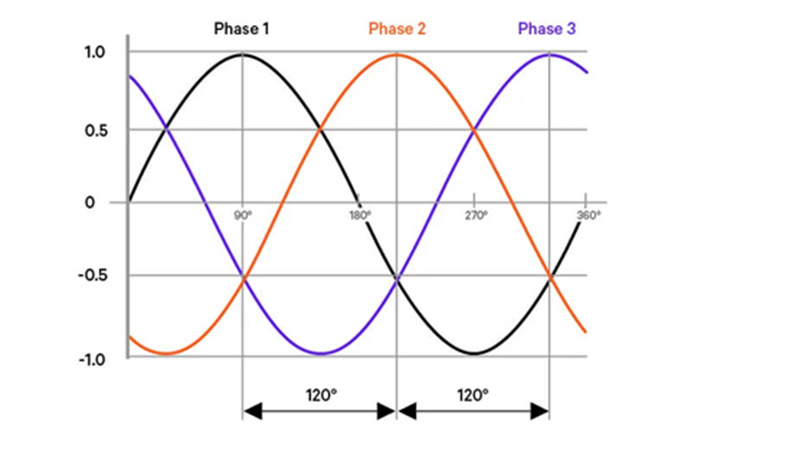
Abbildung 2. Drehstromsysteme
Andererseits sind die Phasen einphasiger Wechselstromsysteme stets um 180 Grad gegeneinander verschoben (siehe Abbildung 3). Daher gibt es Zyklen, in denen die Verbraucher nicht mit Strom versorgt werden. Damit sind sie als ausreichende Stromversorgung nur für leichte gewerbliche und Haushaltsanwendungen geeignet.
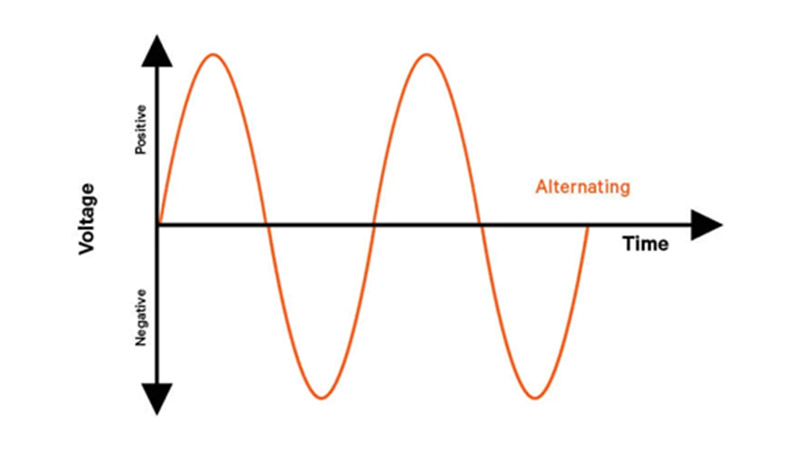
Abbildung 3. Einphasiger Wechselstrom
Die Fähigkeit des Drehstromsystems, kontinuierlich und unterbrechungsfrei Strom zu liefern, macht es zum System der Wahl für eine leistungsfähige Datenverarbeitung. Die konstante und ausgeglichene Stromversorgung eignet sich für die häufig schwankenden Anforderungen von KI-Workloads, ohne dass die Leistung beeinträchtigt wird oder kritische Geräte beschädigt werden. Dies erlaubt auch eine bessere Ausnutzung der Energie, reduziert Energieverluste und steigert die Effizienz.
Die großen 3-phasigen USV von Vertiv verwenden modernste Wechselrichter-Regelungsalgorithmen, die die aktiven Oberwellen in den Verbrauchern aktiv abtasten und neutralisieren. So bewältigen sie die Probleme, die durch den plötzlich ansteigenden Stromverbrauch von KI-Lasten und ihrem hohen Oberwellengehalt entstehen. Diese Lösungen gewährleisten eine sauberere Stromversorgung und erhöhen Leistung und Zuverlässigkeit von Systemen, die komplexe KI-Workloads ausführen.
Dies erlaubt eine kontinuierliche Wechselstromversorgung in hoher Qualität
USV-Systeme mit Online-Doppelwandler bieten eine kontinuierliche Wechselstromversorgung in hoher Qualität, wie sie für einen reibungslosen IT-Betrieb unerlässlich ist. Die Umwandlung zwischen AC und DC schützt diese Systeme vor Spannungsproblemen und verhindert Schäden an den Geräten. Darüber hinaus verfügen sie über einen robusten internen Bypass, der das Ausfallrisiko bei Wartung oder Ausfällen senkt.
Online-USV-Systeme isolieren kritische Verbraucher von Unregelmäßigkeiten in der Stromversorgung, schützen vor Problemen in der Stromversorgung und sorgen dafür, dass KI-Systeme mit stabiler, sauberer Energie laufen. Ihre Fähigkeit, für eine perfekt sinusförmige Leistungsabgabe zu sorgen und bei einem Stromausfall unverzüglich auf Batteriestrom umzuschalten, ist unerlässlich, um Datenverlust zu verhindern und einen ununterbrochenen Betrieb zu gewährleisten.
Die Integration der Flüssigkeitskühltechnologie in USV-Systeme ist entscheidend dafür, eine kontinuierliche Stromversorgung zu gewährleisten, die für mechanische Verbraucher in der Kühlmittelverteilung unverzichtbar ist. Zuverlässige Kühlsysteme halten Geräte und Anlagen bei der optimalen Temperatur. Mit erweiterten USV-Systemen können die Betreiber von Rechenzentren dafür sorgen, dass die Kühlmechanismen bei Stromausfällen unterbrechungsfrei weiterlaufen. Das unterstreicht die Notwendigkeit einer konstanten Stromversorgung in High-Density-Computing-Bereichen.
Nahtloses Umschalten auf Energiespeicherlösungen
Netzinteraktive USV-Systeme versorgen zusammen mit Energiespeichertechnologien wie BESS KI-Anwendungen mit Strom. Sie sorgen für eine unterbrechungsfreie Stromversorgung, auch bei einem Stromausfall oder bei Bedarfsspitzen. Mit den FFR-Funktionen (Fast Frequency Reserve) reagieren USV-Einheiten rasch auf Schwankungen zwischen Versorgung und Bedarf und ermöglichen unterbrechungsfrei ein reibungsloses Umschalten auf gespeicherte Energie. Dies ist für Rechenzentren mit intensiven KI- und HPC-Workloads entscheidend.
BESS gleichen zusammen mit der USV die KI-Last aus. Dabei speichern sie überschüssige Energie, wenn der Bedarf niedrig ist, und speisen sie zu Spitzenzeiten in das Netz ein, um den KI-Betrieb mit Strom zu versorgen (dies wird auch als „Peak Shaving“ (Spitzendeckung) bezeichnet). Diese Kombination verhindert Überlastungen, sorgt für einen effizienten Betrieb und reduziert die Abhängigkeit von herkömmlichen Stromquellen.
Strom für Ihre KI/HPC-Bereitstellung
Mit Hilfe von USV-Systemen mit hoher Kapazität kann der Energiebedarf von KI-Verbrauchern in Rechenzentren gedeckt werden. Dabei dienen sie als robustes Rückgrat für die gesamte Stromversorgung. Zur Vorbereitung auf die Anforderungen der zunehmenden KI- und HPC-Workloads ist allerdings mehr erforderlich als nur eine zuverlässige USV.
Vertiv bietet eine umfassende Lösung an, mit umfassendem Support und Know-how für Rechenzentren, die KI- und andere HPC-Workloads verarbeiten müssen. Wir bieten ein breites Spektrum an industriellen Produktkategorien und Technologien für KI/HPC an. Ob Sie brandneue Technologien brauchen oder Systeme für höhere Dichten nachrüsten müssen, wir haben die richtige Lösung für Sie.
Wählen Sie Ihren Weg zu hoher Dichte
Ihr Weg zu hoher Dichte könnte ein Spaziergang sein. Vertiv bietet modernste Lösungen an, die gemeinsam mit Branchenführern entwickelt werden, um die anspruchsvollsten Bereitstellungen mit Strom zu versorgen und zu kühlen. Nutzen Sie noch heute die KI-Evolution mit Vertiv.



